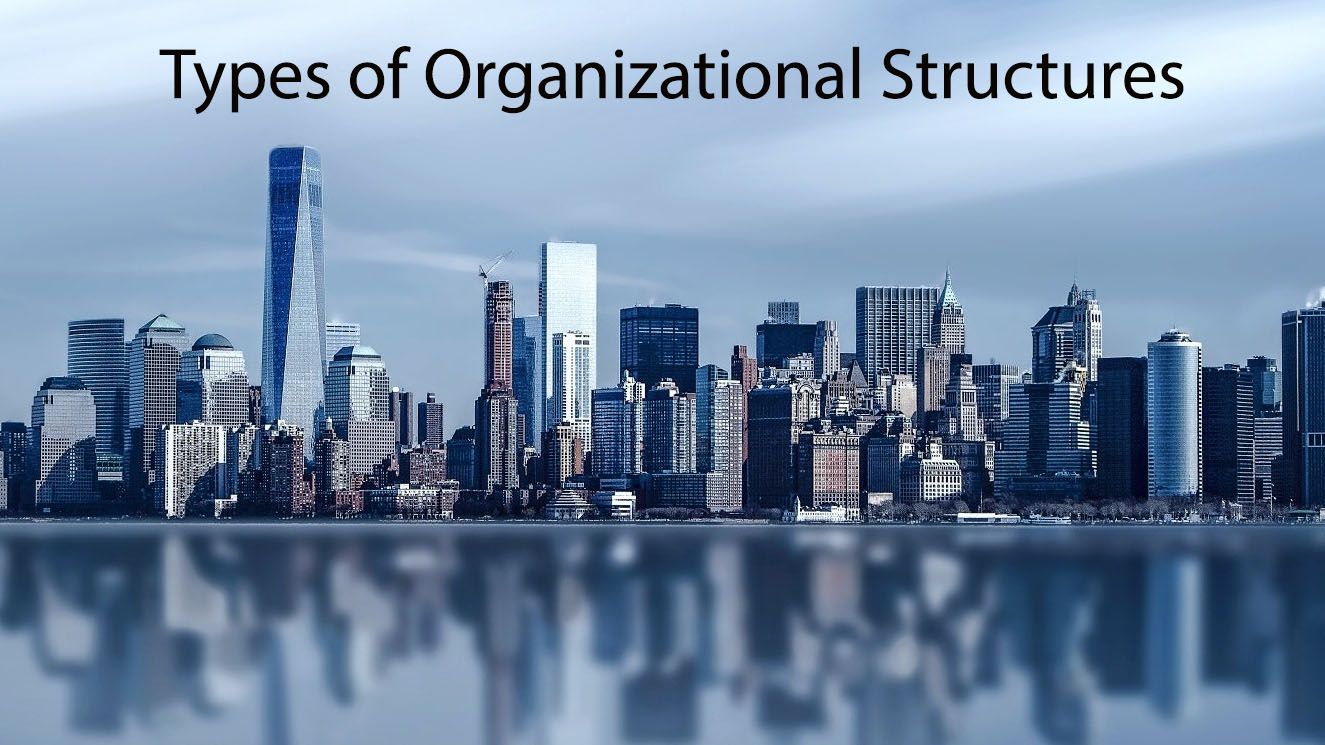Organizational structure refers to the formal hierarchy of the organization. It is the manner in which jobs are divided, grouped and coordinated. There are different types of organizational structures in businesses, also called organizational designs.
In this article, we will describe four of the most common types of organizational structures:
- The simple structure
- Bureaucracy
- Matrix
- Virtual organization
In the past, most organizations had a simple structure. However, now especially in the pandemic days, most organizations have adopted the virtual structure. We will now discuss the different types of organizational structures.
Contents
Simple Structure
A simple structure is one where there is a low degree of departmentalization, a wide span of control, authority is centralized and little formalization. Therefore, simple and small organizations, like a grocery store or a petrol pump have simple structures. Typically, there is one founder, who also plays the role of the manager. In addition to the manager, there are a few employees who report to the manager and perform whatever the manager says. Since formalization is low, the manager has full right to change the work procedure.
These organizations are typically flat. In other words, there are only 2 or 3 levels in the organizational hierarchy. Often there are informal hierarchies in such organizations. Although this type of organizational structure is most suited for small businesses, many medium and large organizations adopt this design in times of crisis. For instance, Xerox reduced corporate cost by adopting a simple structure.

Advantages and Disadvantages of Simple Structure
The most prominent advantage of simple structure is its simplicity. Since decision making is centralized, it is fast, flexible and economical. In addition, the manager is directly accountable for profits as well as losses.
Although simple structures are good for small organizations, as the size increases, it becomes cumbersome to manage the organization. For instance, if the grocer opens another store and still follows the simple structure, it would place a lot of overload on him or her. As a result, decision-making processes slows down considerably. In addition, we all know the benefits of collaborative decision making. It reduces the chances of error and biases. Hence if one person makes all decisions, the chances of error increase exponentially due to biases and overload.
Bureaucracy
A bureaucratic organization is one where there are high levels of centralization, specialization and formalization. The span of control is usually narrow and decision making follows a strict chain of command. Most government offices like banks, income tax offices, fire stations follow a bureaucratic structure.
Advantages and Disadvantages of Bureaucracy
In modern times, the word bureaucracy is often used to portray a negative image. However, it has several advantages. Due to the high levels of standardization, bureaucratic organizations are very efficient in executing repetitive and routine tasks, like those of banks and income tax collection offices. It also less expensive as there are high economies of scale. Since most jobs, below the managerial level are clerical, the salaries are typically lower. Hence, corporate cost decreases.
The obsession with rules is the major disadvantage of bureaucracies. If an exceptional case arises which does not fit into the usual prototype, employees do not know what to do. Therefore, a bureaucratic organization is only efficient as long as the problems are familiar and can be solved by algorithms.
Matrix Structure
A matrix structure creates dual lines of control and authority. It combines functional and product departmentalization. Universities and advertising agencies often adopt a matrix structure. Employees do not report to only one boss. Rather they have 2 or even more bosses.
Advantages and Disadvantages of Matrix Structure
Since matrix structure combines product and functional departmentalization, a collaborative climate exists. This allows better product and service creation as collaboration enhances the quality of decision making.
The major disadvantage of the matrix structure is the overload of information. Since multiple individuals are involved in a project, there may be a conflict of ideas and power. Besides, employees have numerous bosses. Hence, it may lead to ambiguity regarding reporting. Also, employees may want to project their ideas. Therefore, it may create insecurities in employees as well.
Virtual Organizations
A virtual organization is basically a small-scale organization, which has outsourced many of its business functions. It is highly centralized and has no or few departments. Several web development organizations have this structure.
This type of organizational structure may become very popular in the years to come because of the pandemic situation. Most companies, like Google, have gone virtual for a year. Many colleges and universities are also adopting this structure.
Advantages and Disadvantages of Virtual Organizations
The major advantage is that it offers high quality service at a low cost. Corporate costs are very low. Further, specialists can be hired from across the globe.
A major drawback is the lack of physical and human touch. Lack of trust and conflicts may occur because of the lack of non-verbal communication. Besides, there may be clashes due to time and cultural differences in such organizations.
